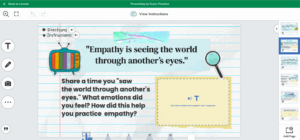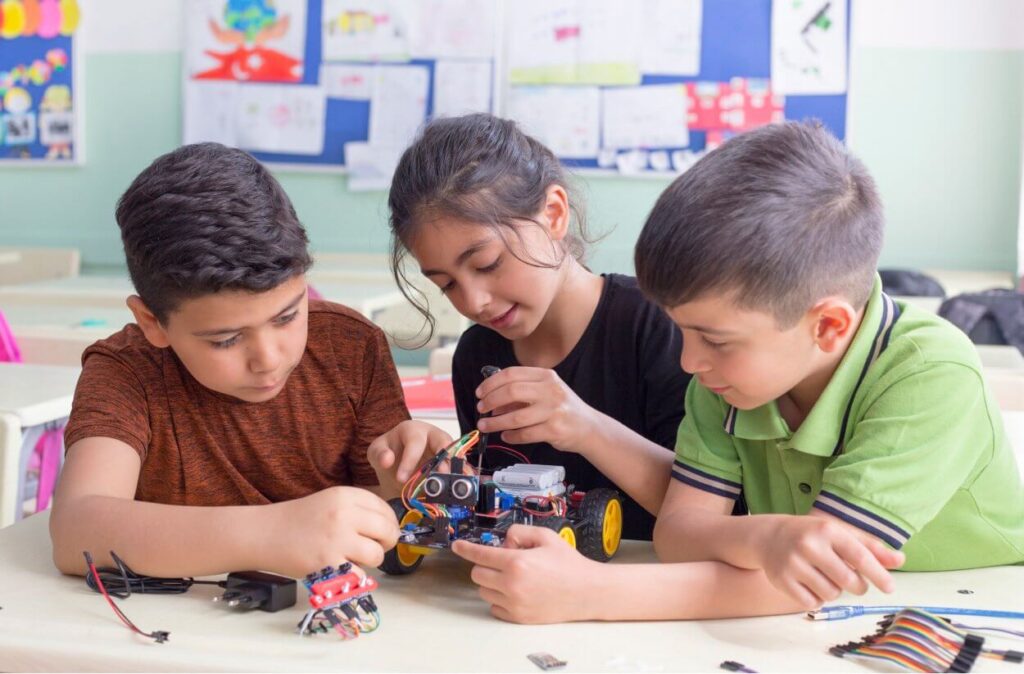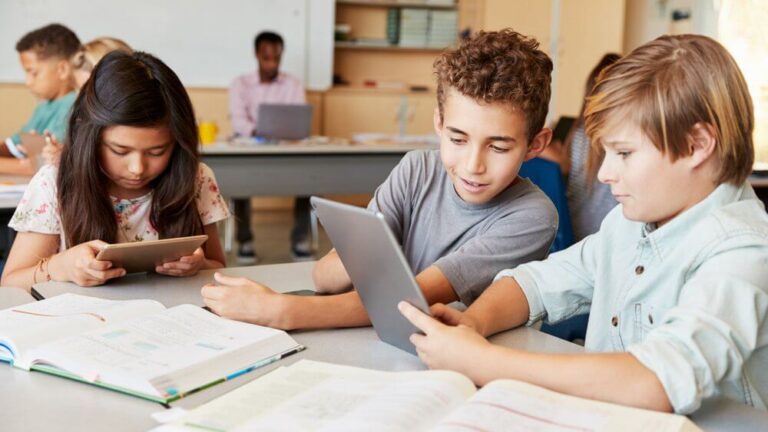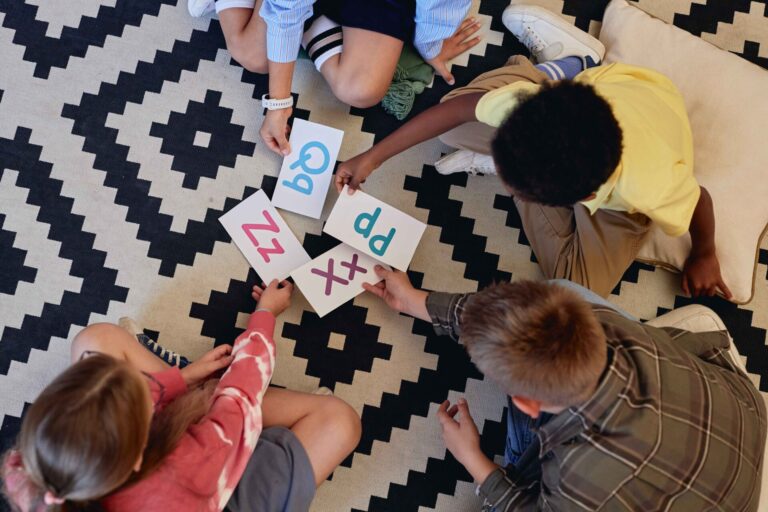The back-to-school season brings a mixture of excitement and anticipation. As teachers begin to think about the first few weeks of school, they search for the best back-to-school routines. They might wonder: How can I create a productive learning environment? A safe space? A collaborative flurry of explosive creativity? No matter the specific goals for the classroom, one of the most important first steps is to foster community with intention.
The Importance of Building Classroom Community
Community is key to our well-being as humans. When we feel connected to the people around us, we are stronger, more resilient, and less afraid to take risks! We can teach and learn from each other. Groups can think and problem-solve creatively and collaboratively. We can feel motivated to achieve group goals.
So, too, does a strong community benefit the classroom. Every teacher wants their students to ask questions, to brainstorm and problem solve, and to work together in harmony. But every teacher also knows that a thriving classroom community doesn’t always happen organically. The beginning of the year is the time to ask, “How can I foster the kind of community needed for my classroom to be successful?” and plan accordingly.
3 Keys to Building a Stronger Classroom Community
-
Build expectations and routines as a class: Looking for ways for students to take ownership of their learning in the classroom? Invite them to help build classroom routines and expectations. Every learning environment needs structure in order to function. Students in the creation process have ownership over their experience but also grow trust and confidence. It shows students that their feelings and opinions matter. Moreover, they will feel motivated to meet and follow the goals and routines they helped create.
-
Foster collaboration: Collaboration is essential to a community’s function. In order to collaborate productively, students must feel comfortable sharing with each other, be invested in group goals, and have the tools they need to work creatively. Teachers can foster a collaborative environment by providing engaging opportunities for students to work together and problem-solve– try gamifying your activities or incorporating student interests like music and video. Teach students to listen to one another, give and receive kind and constructive feedback, and value others’ contributions.
-
Ensure inclusivity and belonging: Inclusivity and belonging go hand in hand and are crucial to student success. Students may spend up to 40 hours a week in the classroom– it should be a place where they feel secure to be themselves, explore, try their hardest, and make mistakes.
When considering inclusivity in the classroom, teachers should ask themselves: is the learning environment accessible to all? Examine the physical space as well as both digital and offline resources. Each student is different– ensure that they are all given a fair chance to learn and grow and that differences in experience and perspective are embraced, explored, and celebrated by all.
We thrive when we feel we belong. Teachers can foster a sense of belonging by communicating how each student uniquely contributes to the community and its goals. Try building in time to understand, encourage, and celebrate each other as a class. Be sure to model the relational behavior you expect to see from students.
Build Your Community With the Help of Seesaw
The Seesaw Library includes many opportunities for community and character building in grades PK-6.
-
In Creating Classroom Culture, students are given opportunities to connect, collaborate, and build their community.
-
Check out Praise-Question-Suggestion for grades 3-6 to practice giving praise and feedback in a kind and productive manner.
-
Blobs and Lines invites students to get to know each other better. Whether it’s the first week of school or the 21st. Explore this collection further for more ice-breaking, goal-setting, and collaborative activities!
-
-
To build routines and expectations like cleaning, asking for help, and asking for a turn, play Caring Community Songs for PK-1st graders as a class and utilize the discussion questions afterward. Print lyrics sheets and classroom posters so students can always be reminded of expected behavior.
-
In I Am a Learner, students in grades 3-6 explore how to be well-rounded learners, building skills like empathy, accountability, and persistence, with many reflection opportunities as well as paired collaboration and problem-solving.

Bonus: Seesaw’s creative tools make differentiation and accessibility easy so teachers can ensure inclusivity for all students. Try using the Video and Voice tools to build in extra support and scaffolding for students, and check out the Formative assessment feature to drive differentiated instruction!
Conclusion
At the end of the day, we all want our students to learn their best and get along. Build routines as a class and foster collaboration, inclusivity, and belonging, and watch how your classroom community thrives!


